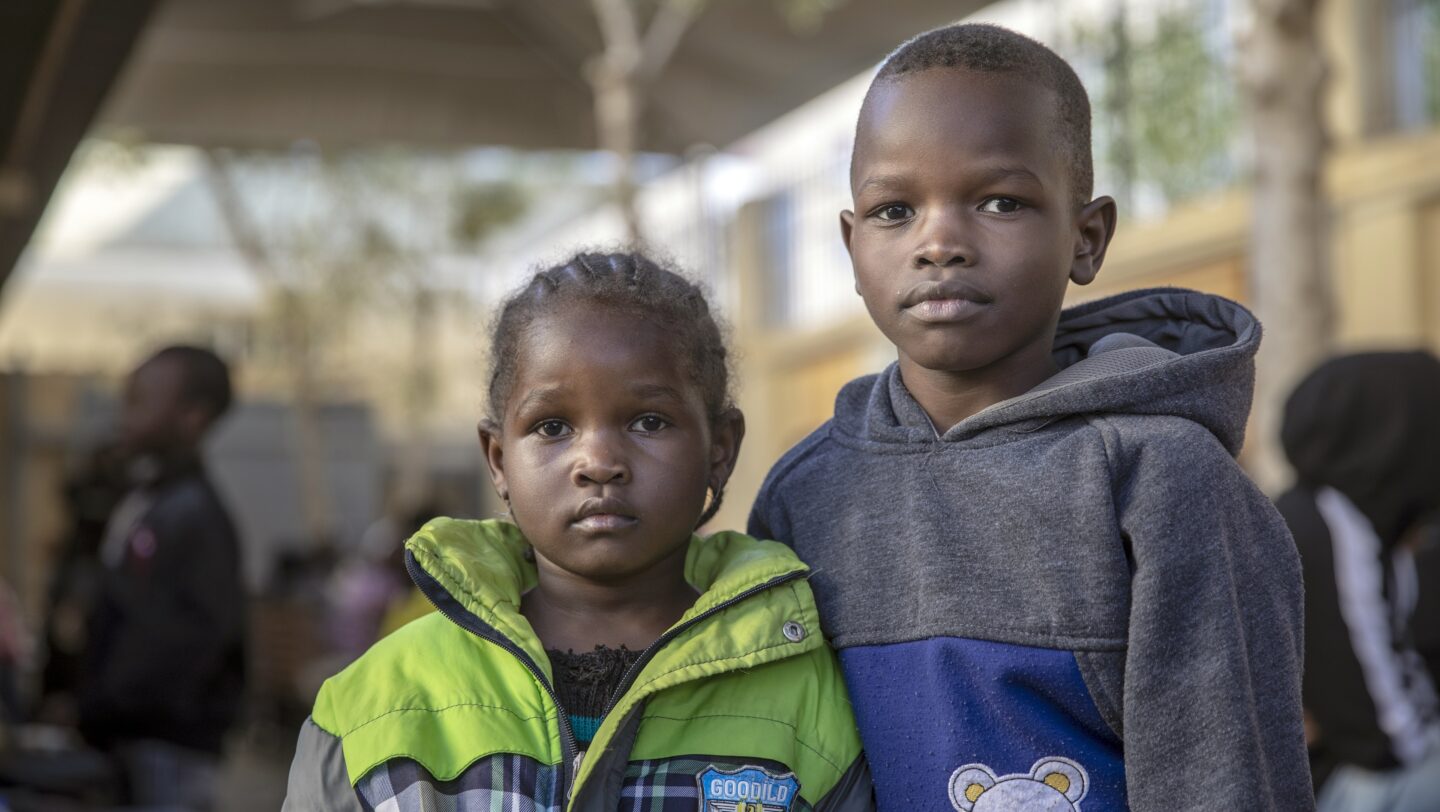When fleeing into neighboring countries, refugee children may find safety, ironically also uncertainty and daily struggles that are distressing both for the children and for their families. Statistics had shown that separation from family, difficulty accessing basic services and increased poverty lead to negative coping mechanisms such as early marriage, child labor in dangerous and exploitative conditions, school dropout and domestic violence whether in communities or schools. Children also face risks of detention, trafficking, and other forms of exploitation during their displacement.
An Arab Strategy was developed in implementation of the recommendation laid out by the 12th meeting of the “Committee on Following up to Stop Violence against Children –General Secretariat November 2014, which stated “To request from the Technical Secretariat to draft an Arab strategy for the Protection of Refugee Children in close coordination with the United Nations High Commissioner for Refugees”. The strategy aims at improving the refugee children’s status in the Arab region, and handling their living standards, which calls for all partners to work together to find solutions that ensure the best interests of refugee children, protecting them, adopting a non-discriminatory approach and working with host communities and families, taking into account the risks faced by those children.
This strategy has been laid out with close cooperation between the League of Arab States and the Office of the United Nations High Commissioner for Refugees, with consultation with all partners in the field of child protection. And although the strategy mainly uses the term “refugee,” it also applies to asylum-seekers. Despite using general concepts, the recommendations can also assist other groups including forcibly displaced and stateless children.
The General Secretariat of the League of Arab States (Social Affairs Sector, Department of Women, Family, and Childhood), in collaboration with UNHCR organized a meeting on the “implementation of the Arab Strategy on Child Protection in Asylum and Displacement Contexts in the Arab Region: Providing Protection and Family/Educational Care to Refugee Children” in December 2020. The meeting tackled diverse protection and assistance issues concerning children and youth, with a specific focus on family, education, mental health and psychosocial support. Focus and attention were also given to the most vulnerable groups, reiterating States’ commitment to child protection, provision of quality and equitable health and education services, and promotion of their overall well-being. The meeting presented recommendations to pave the way for the implementation of the Strategy, and its annexed plan of action, most notably the revision of the national legislations and policies on child protection to ensure their alignment with the relevant international and regional legal standards and that child-relevant legislations are non-discriminatory and apply to all refugee and displaced children ensuring their protection from trafficking, exploitation, abuse and violence; as well as access to national education systems for refugees and forcibly displaced children ensuring that their education is not disrupted as a result of crises and conflicts.

